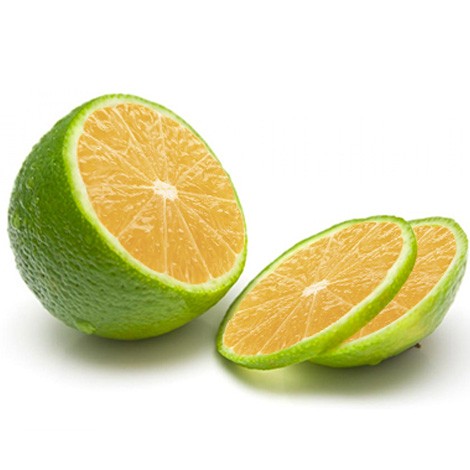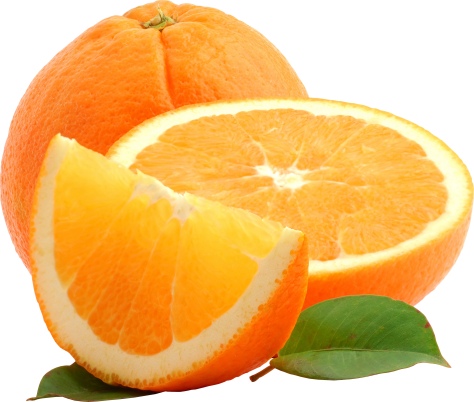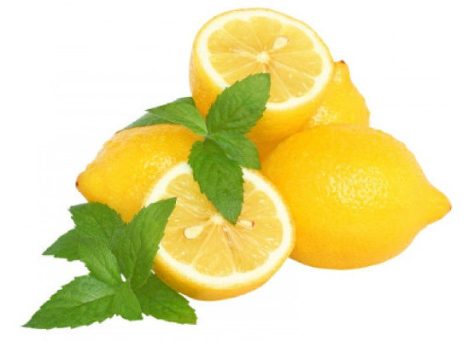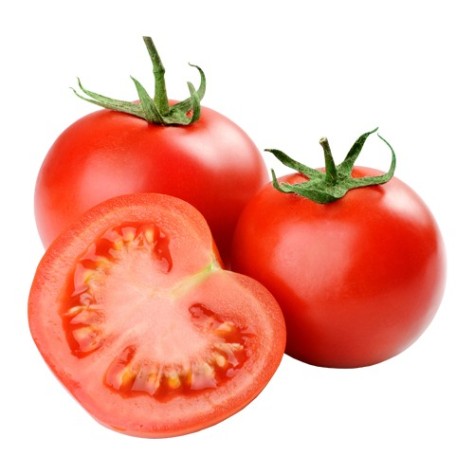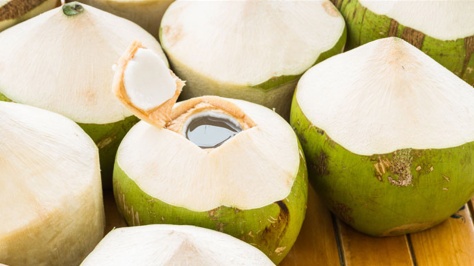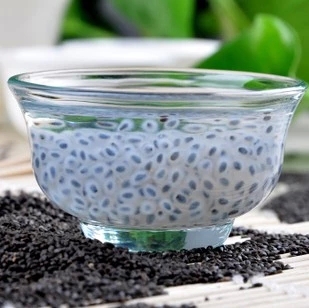Spice up your taste buds with healthy spices in your diet!
Spices not only just excite your taste buds but are composed of an impressive list of phyto-nutrients, essential oils, antioxidants, minerals and vitamins that are essential for overall wellness. Spices have been integral part part of our food since centuries, and today, even become more relevent for us.
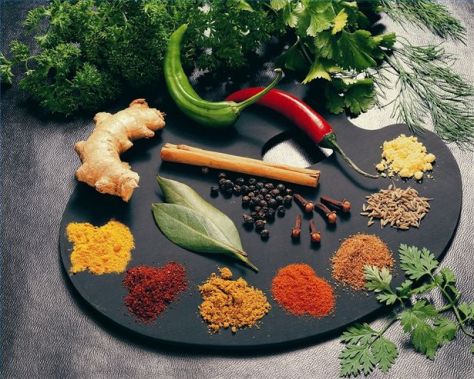
CUMIN
Cumin is extensively used in culinary practices as a condiment or spice. Besides its culinary uses, this aromatic spice is known for its medicinal properties since ancient times. Cumin is generally considered a boost for overall health.
Cuminaldehyde, present in cumin activates salivation which facilitates the digestion of food. Cumin is also carminative, which means that it relieves from you from gas troubles and thereby improves digestion and appetite.
Cumin is loaded with essential oils and antioxidants, which stimulate the secretion of anti-carcinogenic enzymes and inhibit the growth of cancer cells. Limonene and eugenol in cumin contain strong anti-tumor effects. As a result, it keeps breast, colon, stomach and liver cancer at bay.
Moreover cumin is said to help ease and increase secretion of milk in lactating women due to the presence of thymol, which tends to increase secretions from glands, including milk, which is a secretion from the mammary glands
Cumin acts as disinfectant and helps fight viral infections which can cause the common cold. Cumin also suppresses the development of coughing in the respiratory system since it dries up the excess mucus. Cumin is rich in iron and has considerable amount of vitamin-C, which are essential for a healthy immune system and keeps infections from forming or becoming worse.
TURMERIC
Turmeric “the golden spice of life” is one of most essential spice used as an important ingredient in culinary all over the world. From many years awareness of turmeric and its use as medicine is increasing continuously
One of the most well-known applications of turmeric is as an anti-inflammatory agent .Turmeric is considered as a digestive bitter and a carminative. It helps to improve digestion, reduce gas and bloating.
It is a cholagogue, stimulating bile production in the liver and encouraging excretion of bile via the gallbladder. This improves the body’s ability to digest fats. It can be taken as a single extract or in the form of digestive bitters, which combine turmeric with other bitter and carminative herbs.
Curcumin is a powerful antioxidant agent that has been directly linked with a reduction in colon cancer cells and inhibitor for a protein that is essential for tumor growth. Thus it helps in slowing metastasis of cancerous growth.
Turmeric is still considered a brain boosting herb. Besides from increasing general cognitive ability, it can also protect the neural pathways from long-term oxidative stress and the build-up of plaque.
Turmeric is beneficial for its influence on the liver. It is said to shrink engorged hepatic ducts, so it can be useful to treat liver conditions such as hepatitis, cirrhosis, and jaundice
Turmeric makes cholesterol levels low and inhibites the oxidation of LDL (bad cholesterol). Oxidized LDL deposits in the walls of blood vessels and contributes to the formation of atherosclerotic plaque. Turmeric may also prevent platelet build up along the walls of an injured blood vessel.
Although not commonly considered to be an allergenic substance, turmeric can have certain side effects on the body, including nausea, dizziness and diarrhoea particularly when consumed in large quantities. In limited cases, excessive amounts of turmeric consumed in a medicinal capacity has caused heart irregularities.
BLACK PEPPER
Since ancient times, black pepper is one of the most widely traded spices in the world. It is not considered a seasonal plant and is therefore available throughout the year. When dried, this plant-derived spice is referred to as a peppercorn, and is then ground into a powder to be put on food to add flavour and spice.
Pepper increases the hydrochloric acid secretion in the stomach, thereby facilitating digestion.
The piperine in black pepper can be credited with theprevention of cancerand becomes twice as potent when combined with turmeric.
Black pepper is antibacterial in nature, and therefore helps to cure cold and cough. A teaspoon of honey with freshly crushed pepper does the trick.
Piperine in black pepper stimulates the brain, and helps it to function properly by making it more active thus fighting depression
Black pepper is known to help in the cure of Vitiligo, a condition where the skin loses pigmentation, and creates white patches.
Patients who have undergone abdominal surgery should not add excessive pepper to their diet because it can have an irritating effect on the intestines. Black pepper should not be taken in high concentration, and if you show signs of an allergic reaction.
CAYENNE
There is nothing as widely used and relied upon as cayenne pepper, to transform a mundane everyday-dish to a hot and spicy showstopper, especially in India.Cayenne pepper belongs to the capsicum family and its botanical name is Capsicum annuum.
Cayenne pepper stimulates the production of various gastric juices and enzymes in the digestive tract, thus aiding digestion. It also helps in soothing intestinal gas problems.
Cayenne helps to reduce cholesterol levels in the blood and helps to dissolve fibrin, which causes the formation of blood clots.
Cayenne pepper gives protection against invading pathogens by helping the development of healthy mucus membranes in the nasal passage, lungs, and urinary tracts, thereby providing immunity against infections.
As consumption of cayenne pepper raises the temperature of the body, it helps to decongest mucus and thus gives relief from cold and flu discomfort.
Like all other foods or herbs, we must be careful when using this herb. Excess consumption may cause burning sensations in the throat, stomach, or rectum.
CORIANDER SEEDS
Coriander is believed to be one of the oldest spices being used by mankind, with its history tracing back to 5000 BC. Besides the numerous culinary uses, coriander seeds contain important vitamins and minerals, essential for a healthy living.
Coriander seeds help in reducing cholesterol levels in the blood due to the presence of linoleic acid, oleic acid, palmitic acid, stearic acid and ascorbic acid. Besides, these acids combine to decrease the deposition of cholesterol along the inner walls of arteries and veins.
Coriander seeds and cumin seeds boiled in water and strained after cooling can be used as a diuretic; this decoction also cools down the body. It can also help lower LDL cholesterol and protect against colon cancer.
The essential oils in coriander seeds contain certain components that assist in digestion, promote proper functioning of liver and bonding of bowels and help in curing diarrhea.
Coriander seeds enhance proper endocrine secretion, relieving menstrual discomfort and pain
Coriander seeds can be boiled in water along with little pepper corns, cumin seeds, and garlic flakes to make a decoction that helps clear phlegm ,flatulence and nasal congestion.
Coriander seeds are rich in copper, magnesium, iron, potassium, manganese, and zinc. These essential minerals help in increasing red blood cell count, improving metabolism, regulating growth, enhancing sperm generation, synthesizing nucleic acids, keeping blood pressure in check, and keeping diabetes in control.
Excessive use of coriander seeds can cause liver problems.
FENNEL SEEDS (SAUNF)
Fennel widely known as saunfis an aromatic and flavourful herb that has several culinary as well as medicinal uses.
This herb stimulates digestion and has carminative effects that soothe the digestive tract and prevent the formation of gas. Moreover, it can help rebuild the digestive system after radiation or chemotherapy treatments.
Simply chewing a teaspoon of fennel seeds after meals aids digestion and relieves stomach pains and bloating.
Drinking fennel tea on a regular basis helps flush out excess fluids from the body as it works as a diuretic.It also helps remove toxins and reduces the risk of urinary tract problems
Fennel seeds contain estragole, fenchone and anethole, which contribute to the plant’s antispasmodic and anti-inflammatory properties. For those with IBS, the volatile oils found in fennel seeds can help kick start digestion by promoting the production of gastric enzymes.
When fennel seeds are eaten on a regular basis, they provide the body with valuable minerals like zinc, calcium and selenium. These minerals are very helpful to balance hormones and in helping up the oxygen balance.
CINNAMON
Cinnamon boosts the activity of the brain and makes it a good brain tonic. It helps to remove nervous tension and memory loss.
It is believed that the calcium and fiber present in cinnamon provide protection against heart diseases. By including a little of this spice in your food, you can help prevent coronary artery disease and high blood pressure.
Cinnamon is diuretic in nature and helps in the secretion and discharge of urine.
Cinnamon helps to improve the circulation of blood due to the presence of a blood thinning compound in it. This blood circulation helps to significantly reduce pain. Good blood circulation also ensures oxygen supply to the body’s cells, which leads to higher metabolic activity.
If you liked what you read, show us your support on Facebook, twitter, YouTube, instagram



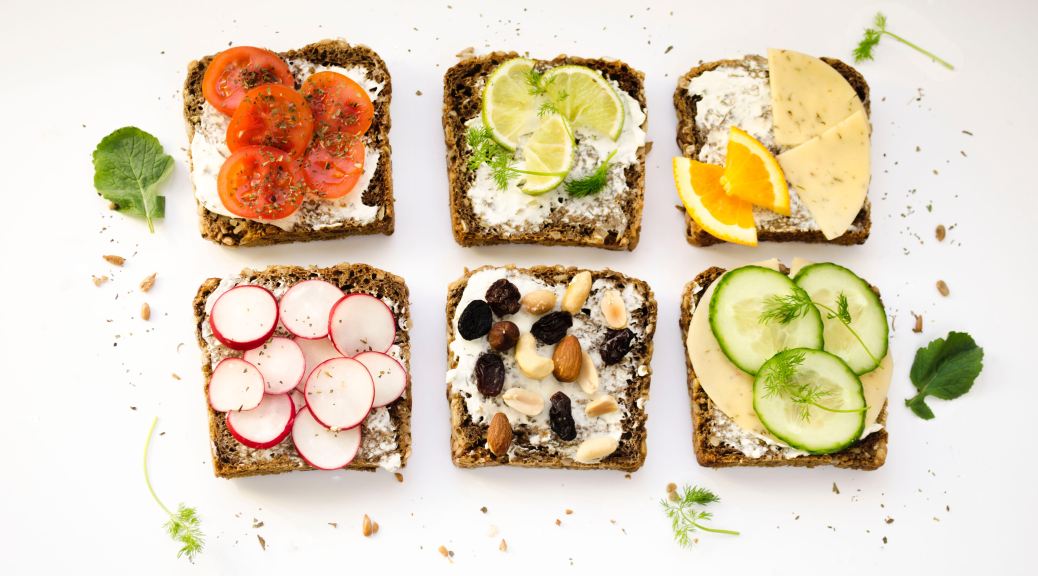


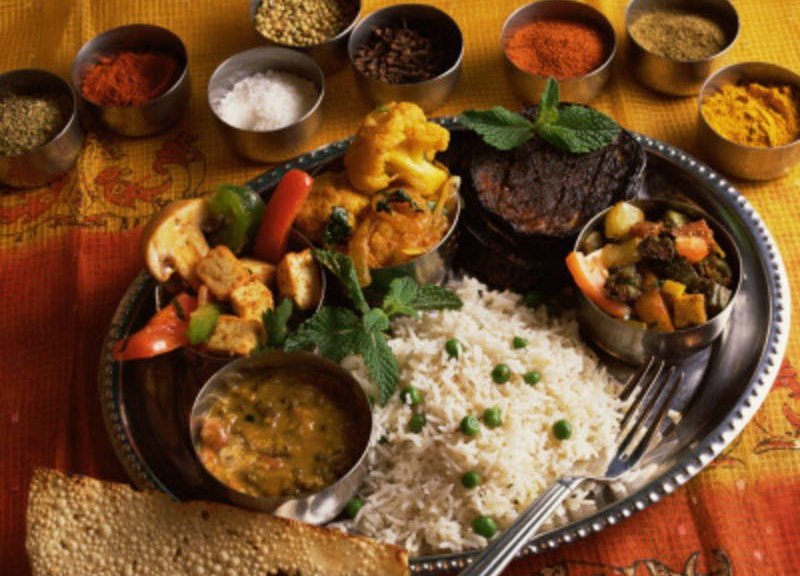


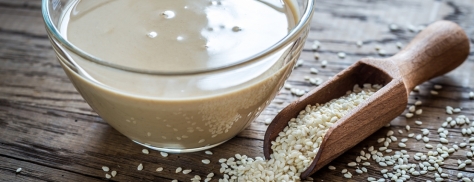
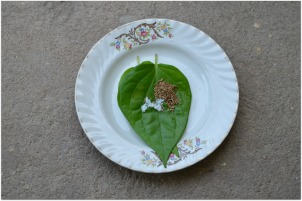
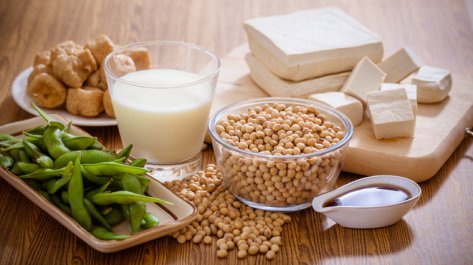
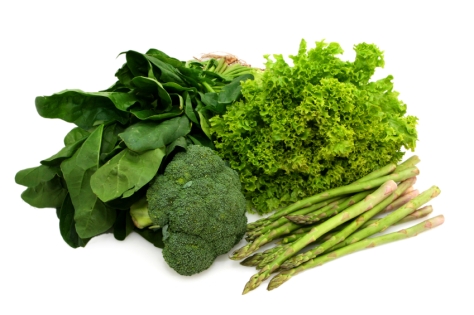
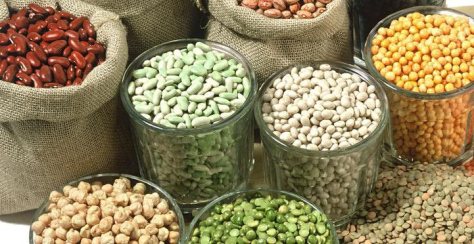


 Homely Comfort
Homely Comfort

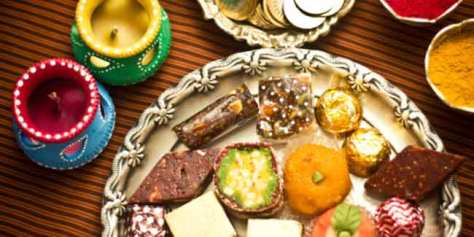 Diwali is the most lavish and extravagant amongst all festivals celebrated in India – with food and festivities. Popping colours, attractive shapes and succulent sweets on display tempt adults. However, exercising control over these goodies is a task. Let me ease out the dreaded task for all you here. Read more to know how you can make Diwali feasting a healthier & fitter affair.
Diwali is the most lavish and extravagant amongst all festivals celebrated in India – with food and festivities. Popping colours, attractive shapes and succulent sweets on display tempt adults. However, exercising control over these goodies is a task. Let me ease out the dreaded task for all you here. Read more to know how you can make Diwali feasting a healthier & fitter affair.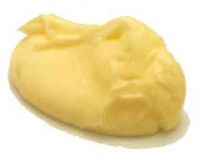
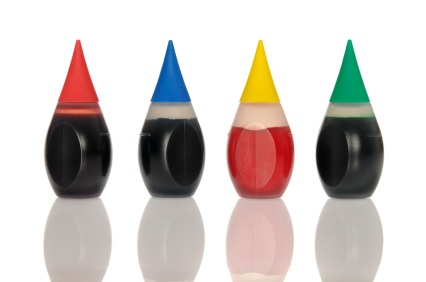

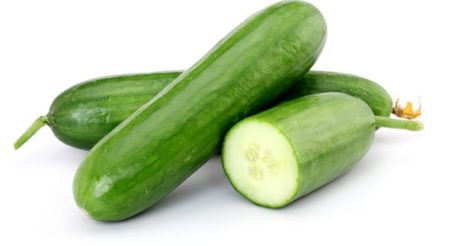 CUCUMBER
CUCUMBER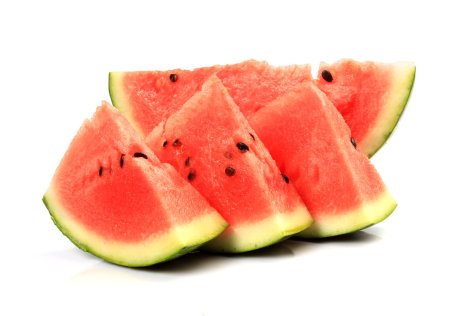 WATERMELON
WATERMELON